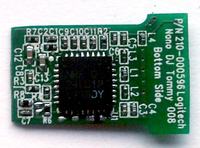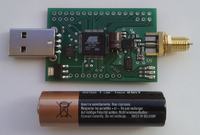
I used Nordic Semiconductor's NRF24L01 as wireless communication systems, they operate in the 2.4GHz band. Audio is compressed to MPEG1 layer3 format.
Transmitter:
It was built on the AT91SAM7S64 microcontroller.
As the transmission speed of NRF24L01 is about 400kbps (with acknowledgment and error correction), the LAME MP3 Encoder was used as the audio encoder. Bitrate set to 320kbps. Compression is done on the computer. As an output module for PulseAudio has been written, all sounds from the system can be redirected to the wireless speakers. You can also adjust the buffering delay.
The transmitter is seen by the system as a serial port / dev / ttyUSBx


Receiver:
Procek is AT91SAM7S512 (decoder requires a lot of ram), Helix decoder, I used TDA1543 as DAC.
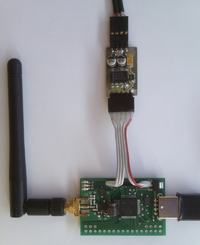
Scheme:

Range:
Works through the wall, diagonally across the load-bearing wall between the floors, with the appropriate antenna arrangement.
Here is a test version of the transmitter in micro size:
A reprogrammed Logitech Unifying receiver was used.
Unfortunately, I didn't manage to squeeze high speed out of it, so its bitrate is only 128kbps. The range is also correspondingly smaller.
You might ask "Why not A2DP?".
I know from my own experience that A2DP is not very stable, LAME also has better sound quality.
================================================== ==
================== UPDATE 31.08.2010 =====================
================================================== ==
Photos of the newer version with the DAC CS4344:
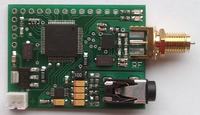
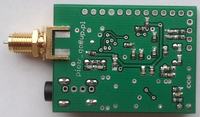
Here is a comparison of the dimensions with the older one with an external DAC:
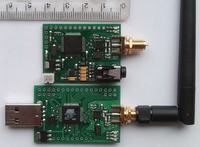
The transmitter is a reprogrammed Logitech Unifying with an antenna added:
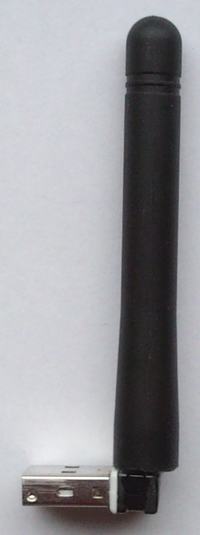
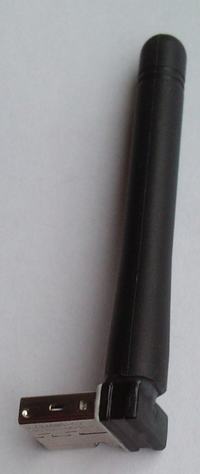
PulseAudio screen:
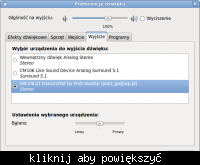
The newer version has the ability to measure the supply voltage.
Power consumption:
~ 60mA during playback
~ 14mA while waiting for transmission
Available on the connector are: I / O, PWMy, RS, I2C, LEDs, USB.
Instead of the audio jack, you can mount the standard 4x goldpin.
Receiver diagram:

Cool? Ranking DIY






